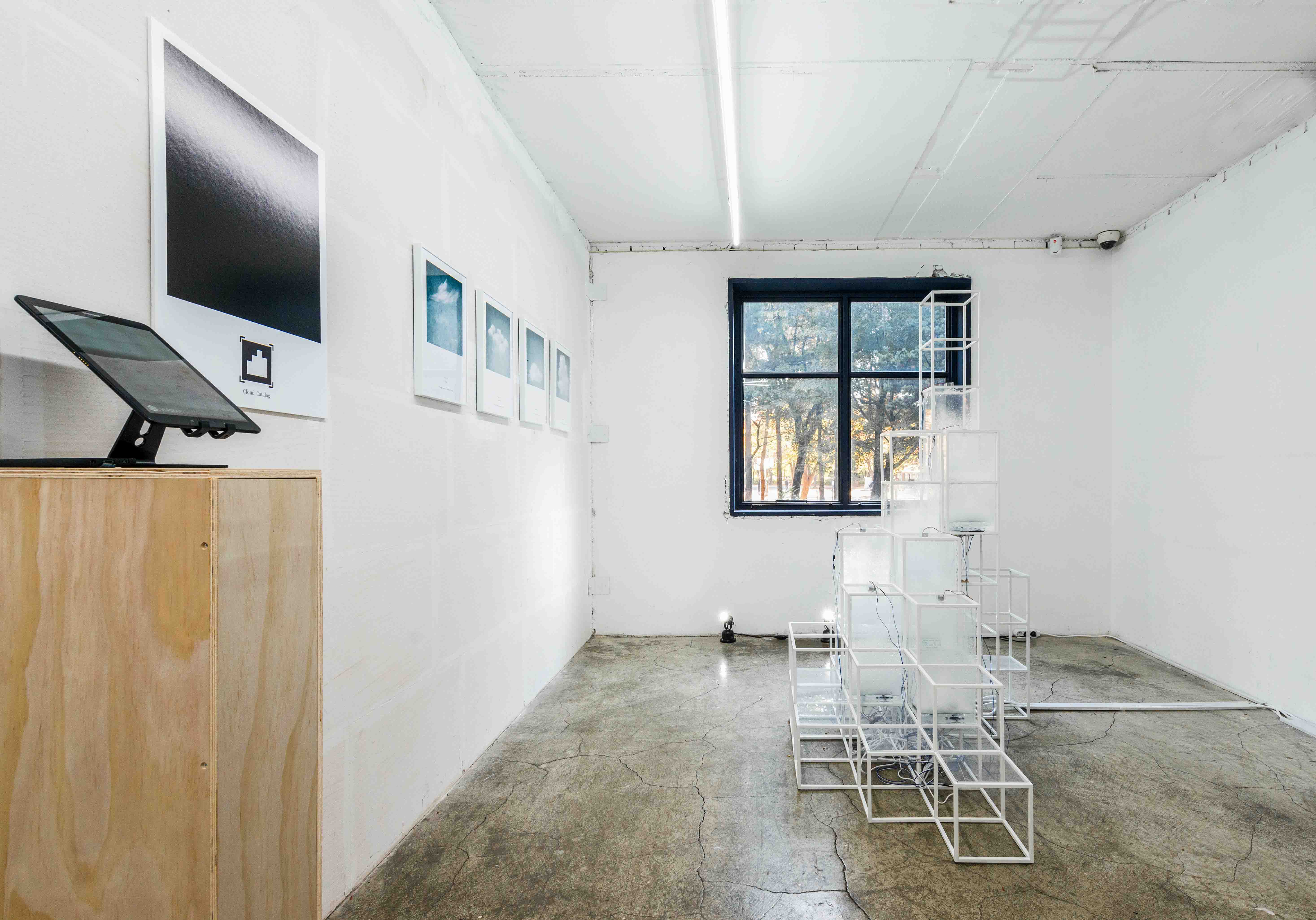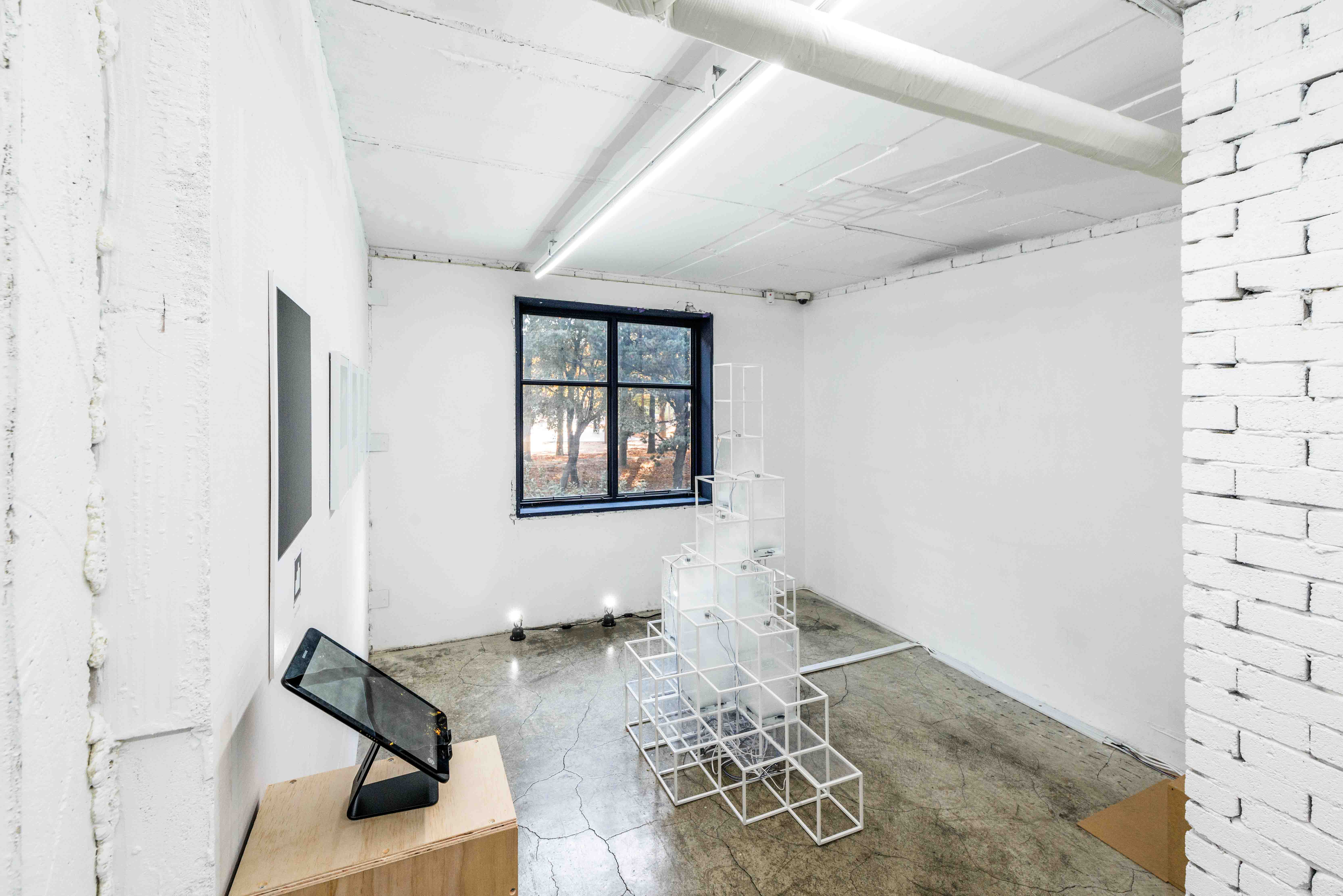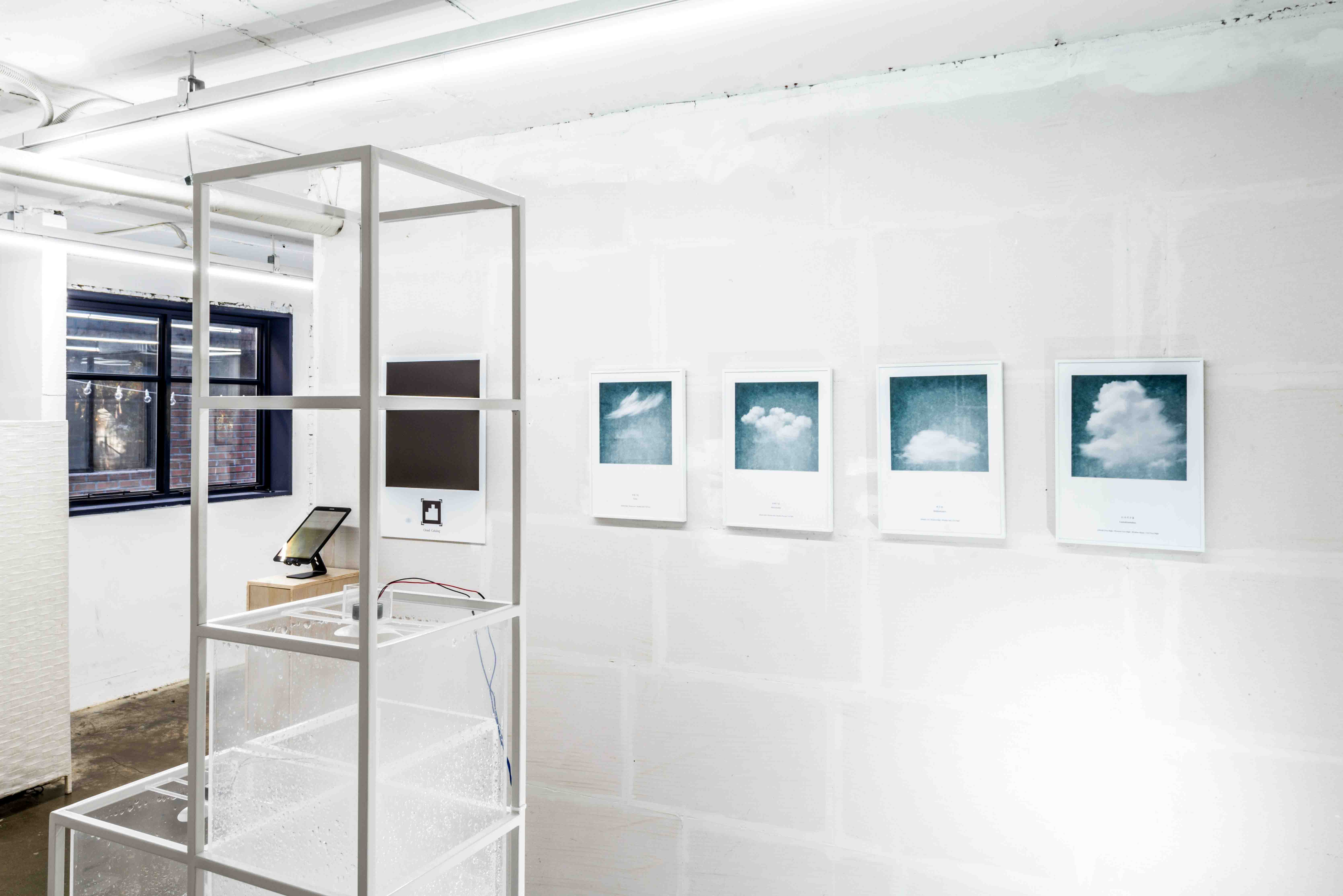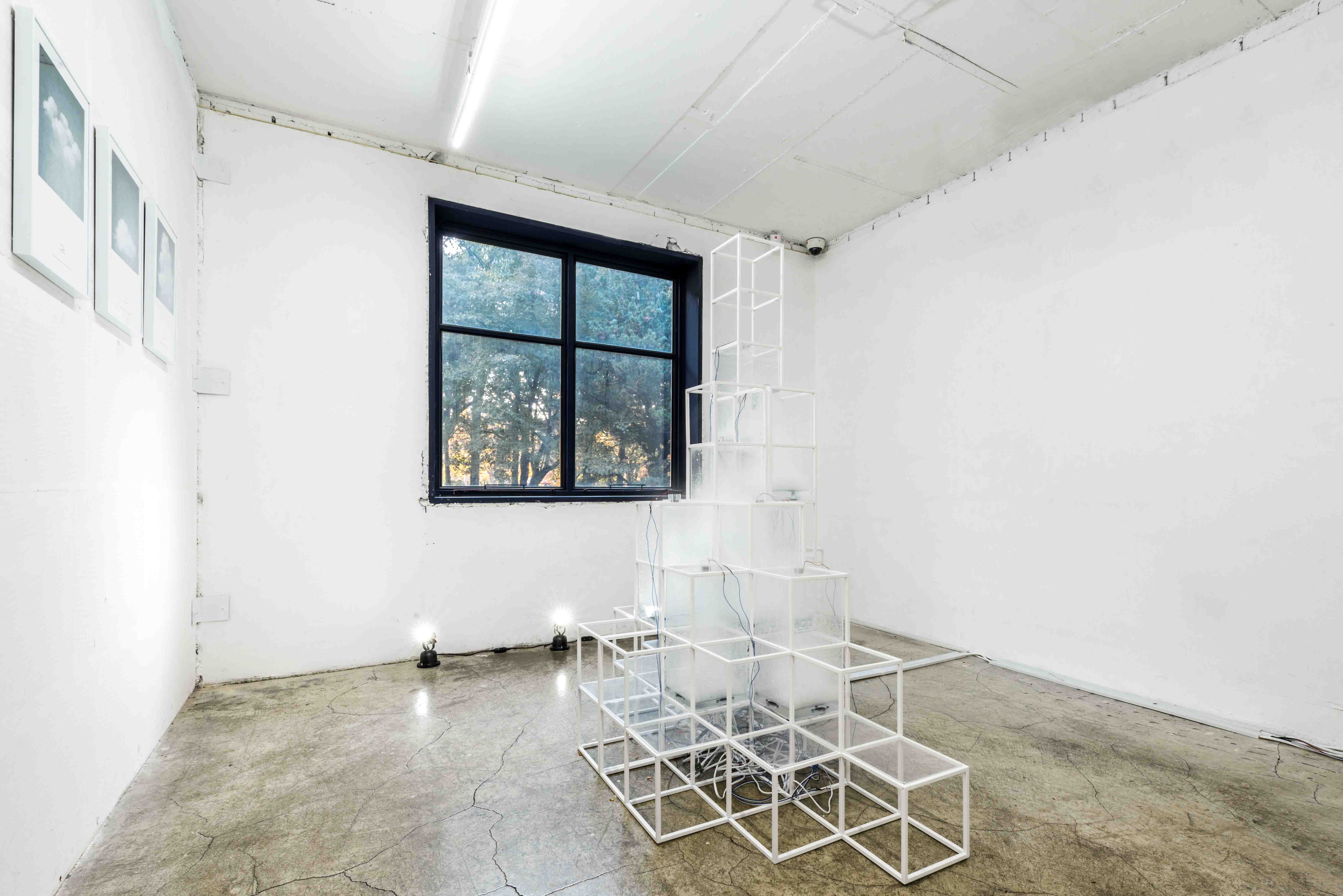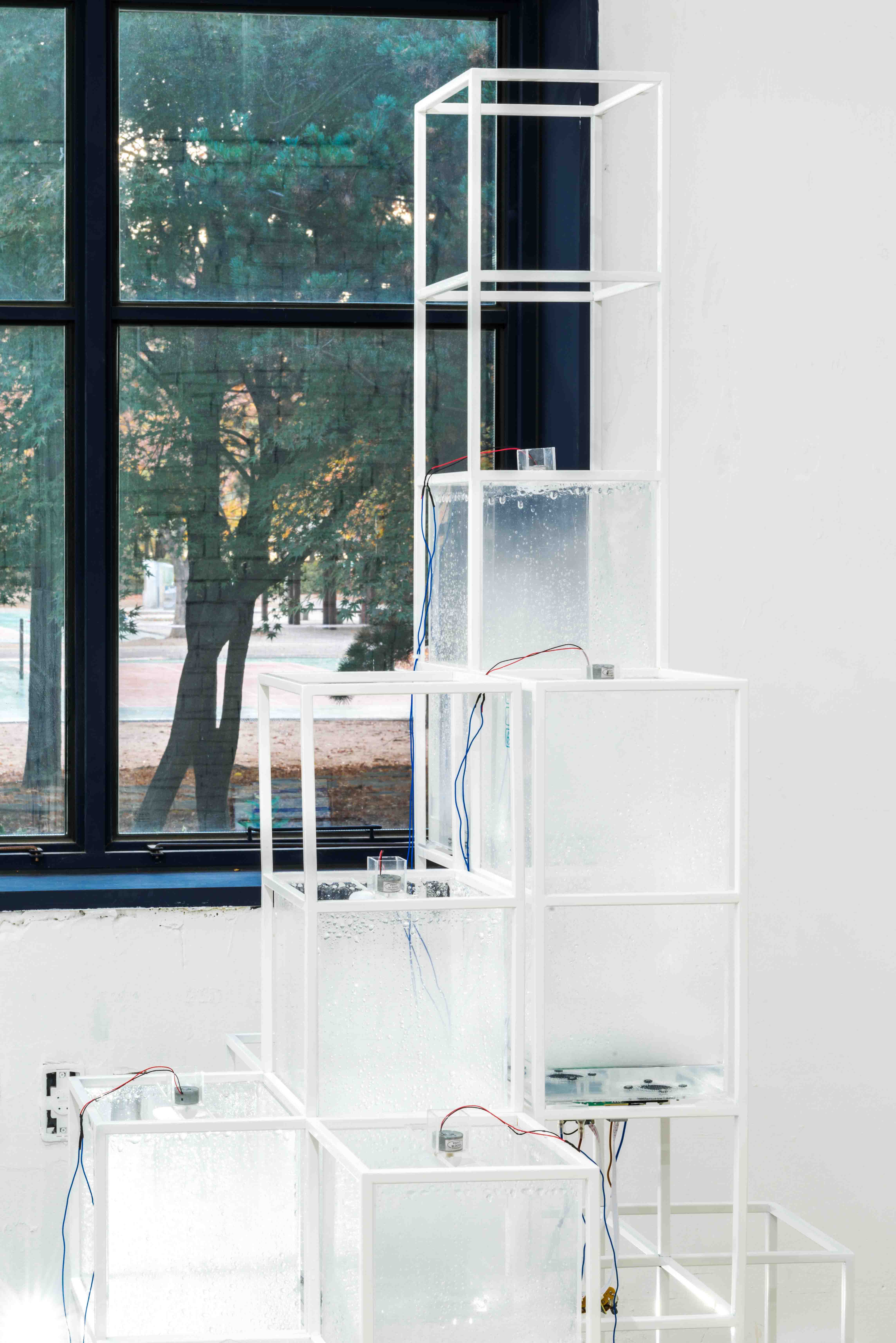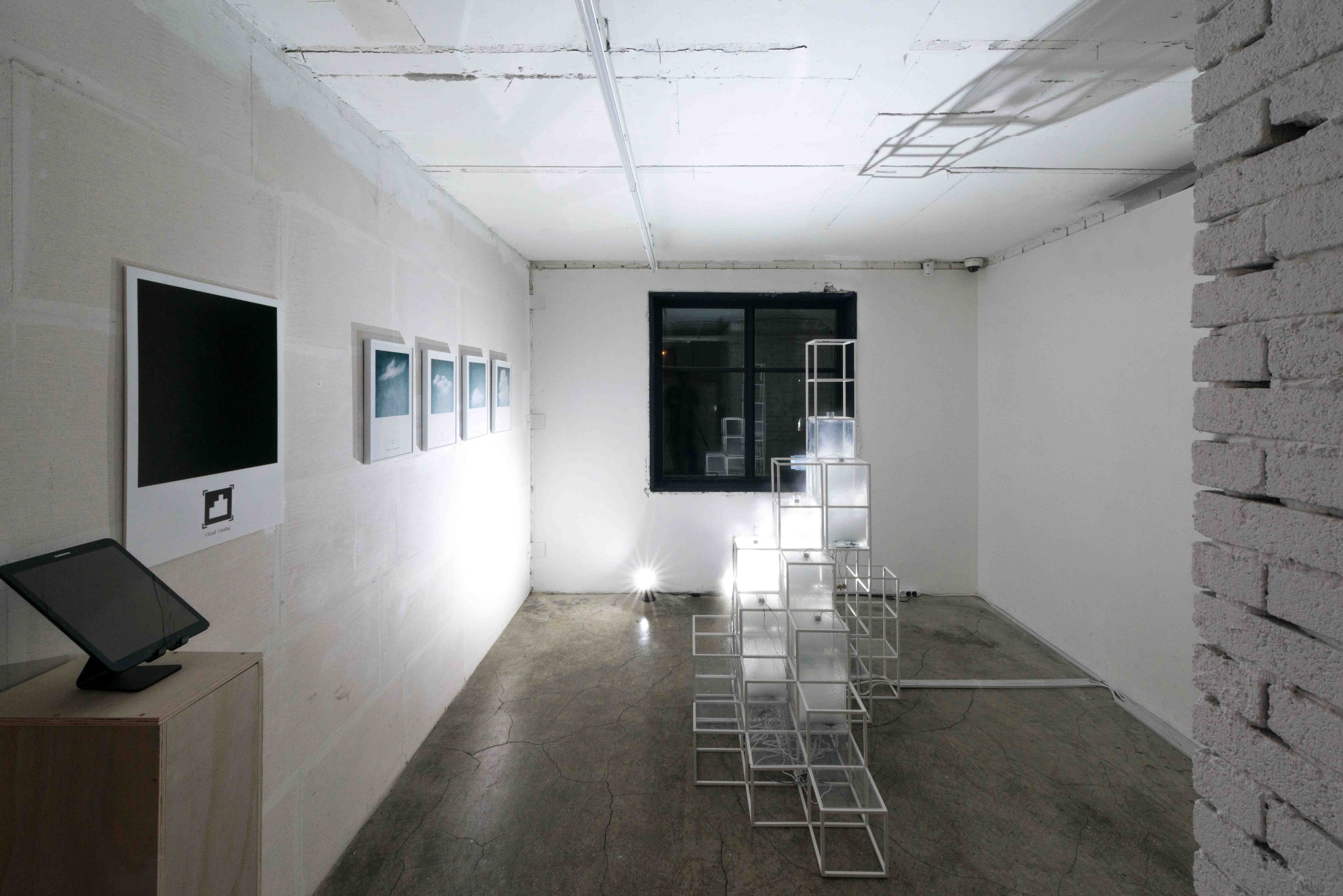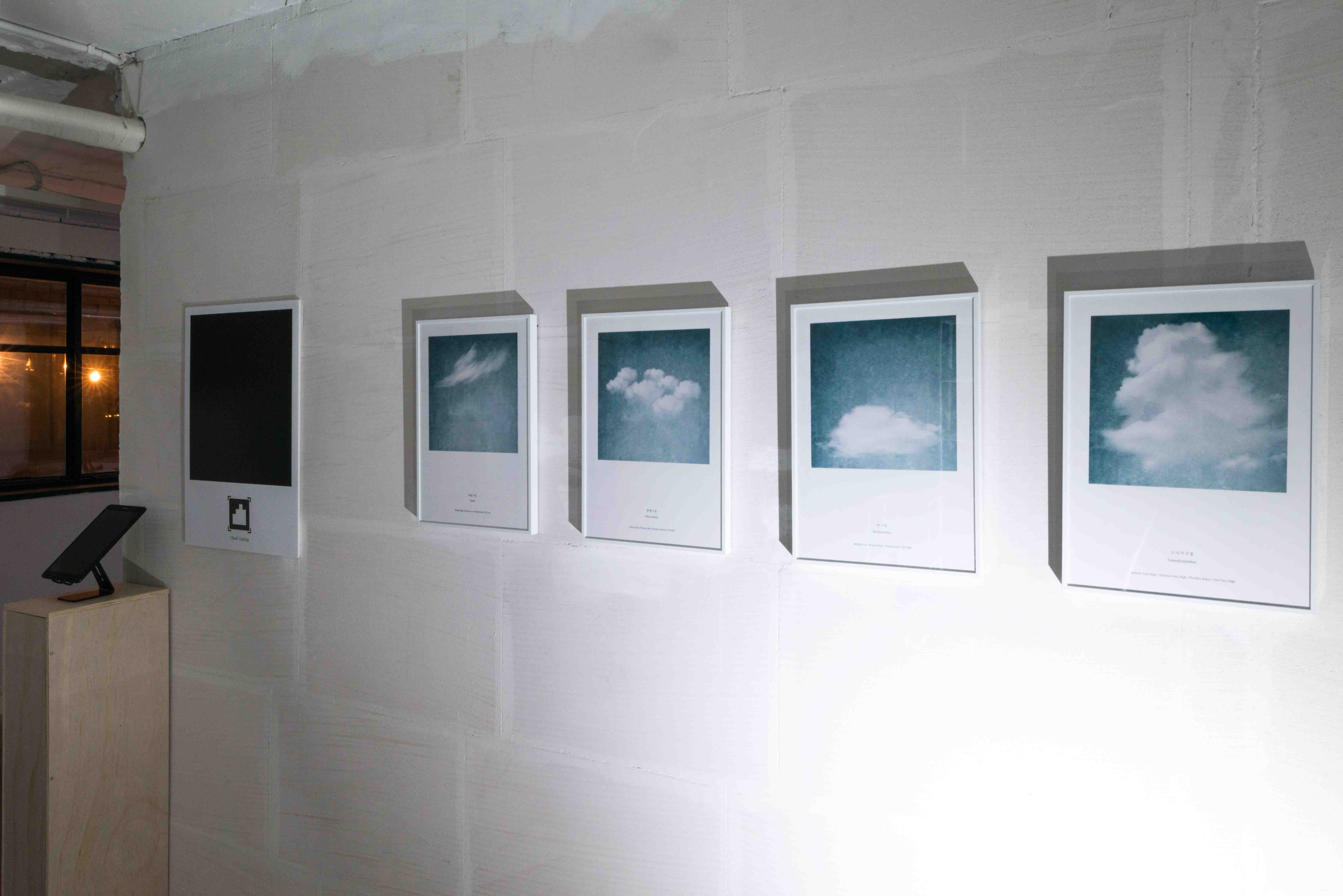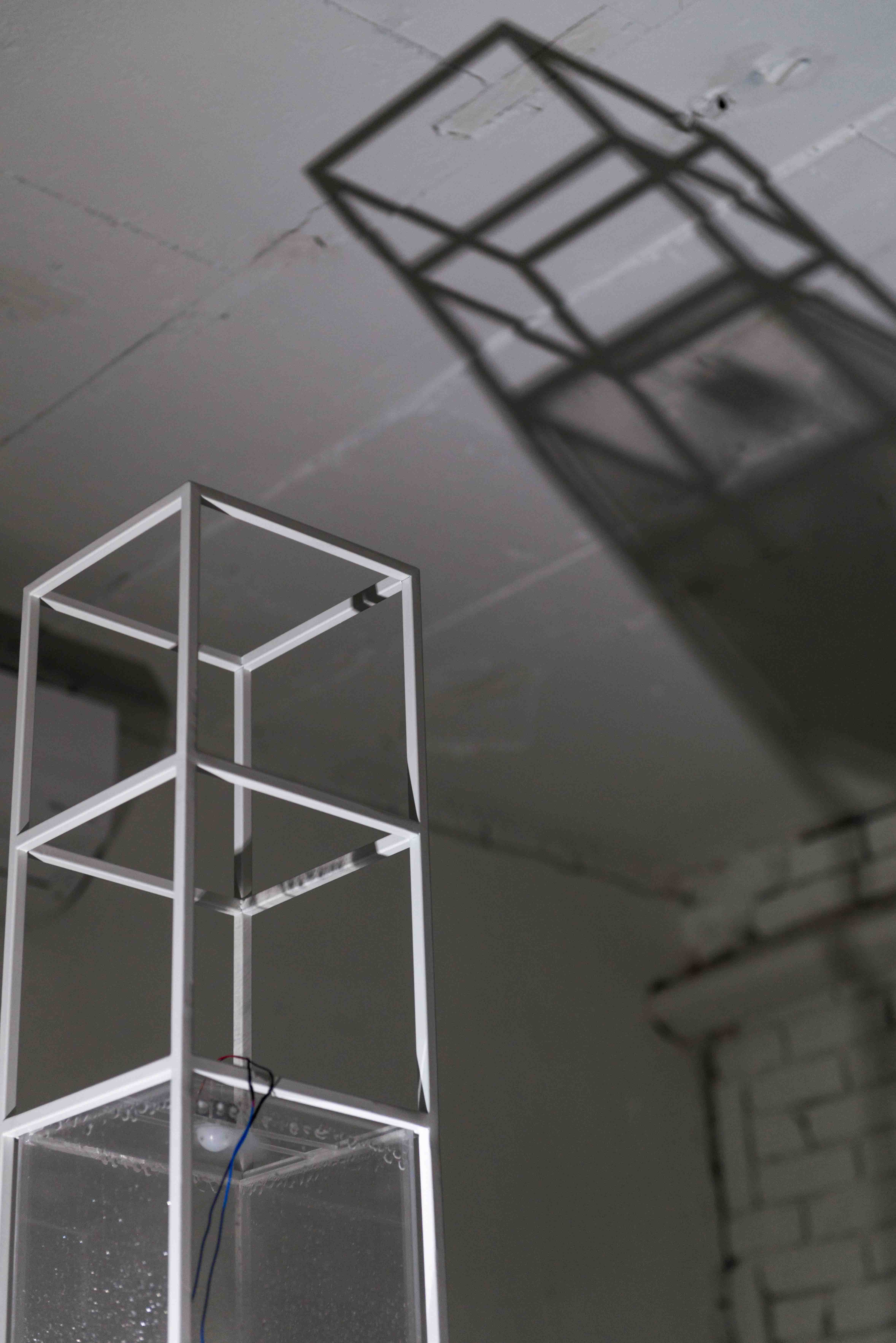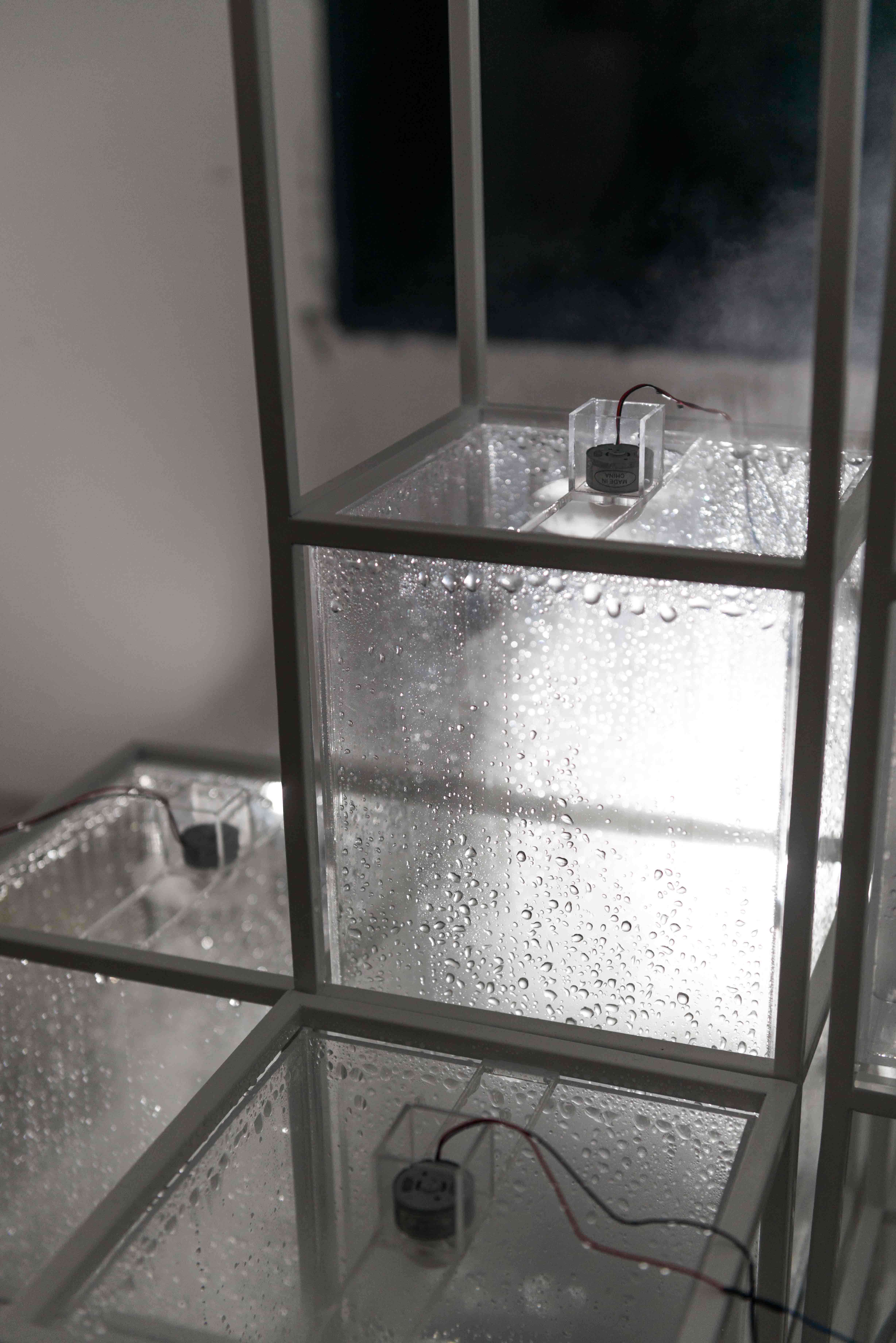Exhibition
Breathing City Project
New Boundary
Collaborative for Art & Technology
New Boundary
Collaborative for Art & Technology

Modern cities face a variety of environmental problems such as rising sea levels, climate change, and air and water pollution. Methods for solving urban environmental problems have so far faced various environmental problems such as sea level rise, climate change, and air and water pollution. If the methods for solving urban environmental problems have been limitedly approached through ecological methodology centered on the restoration of the ecological nature of nature, the recent art an works in the design field improve the relationship between human and environment at a more fundamental level, and through a multidisciplinary approach.
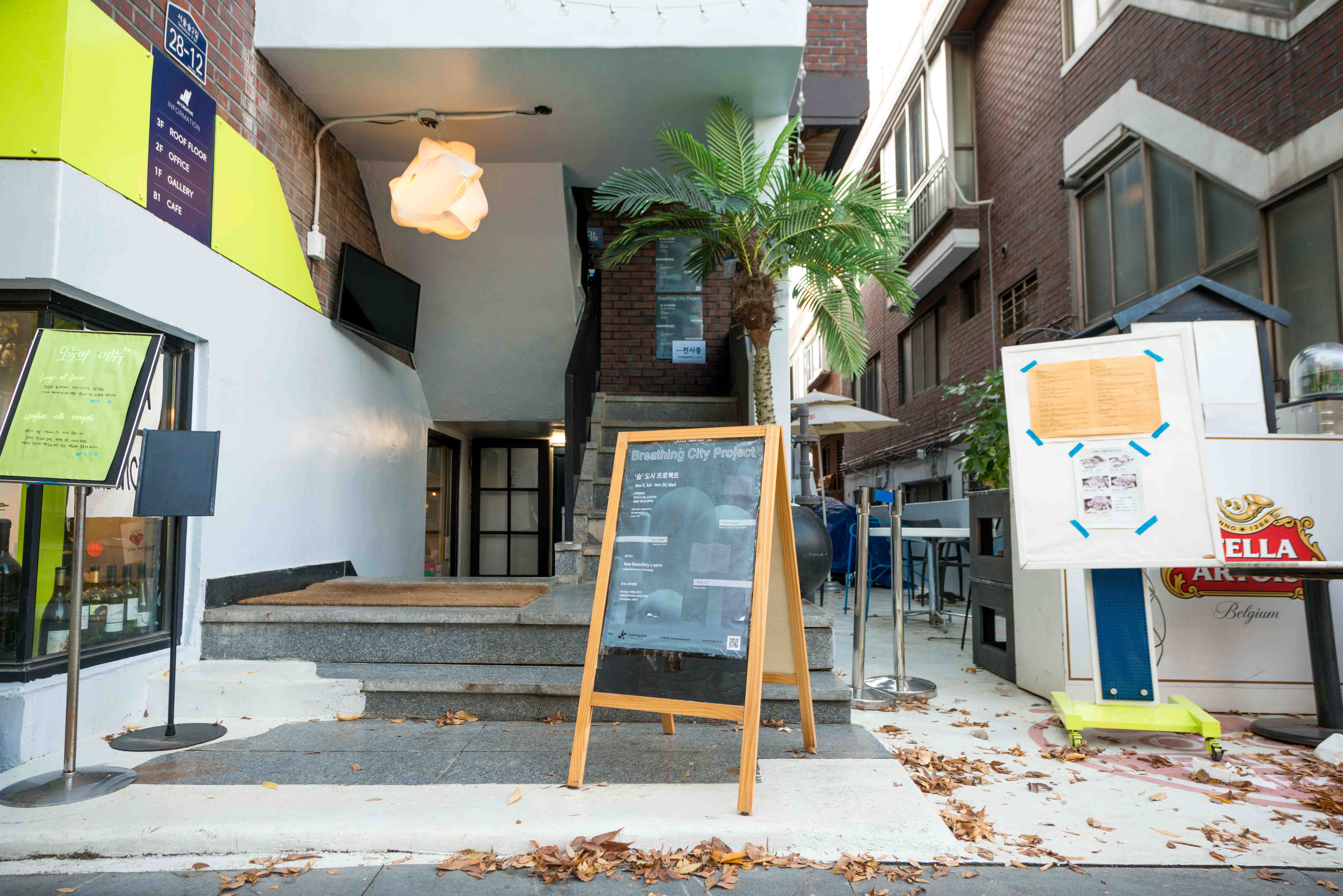
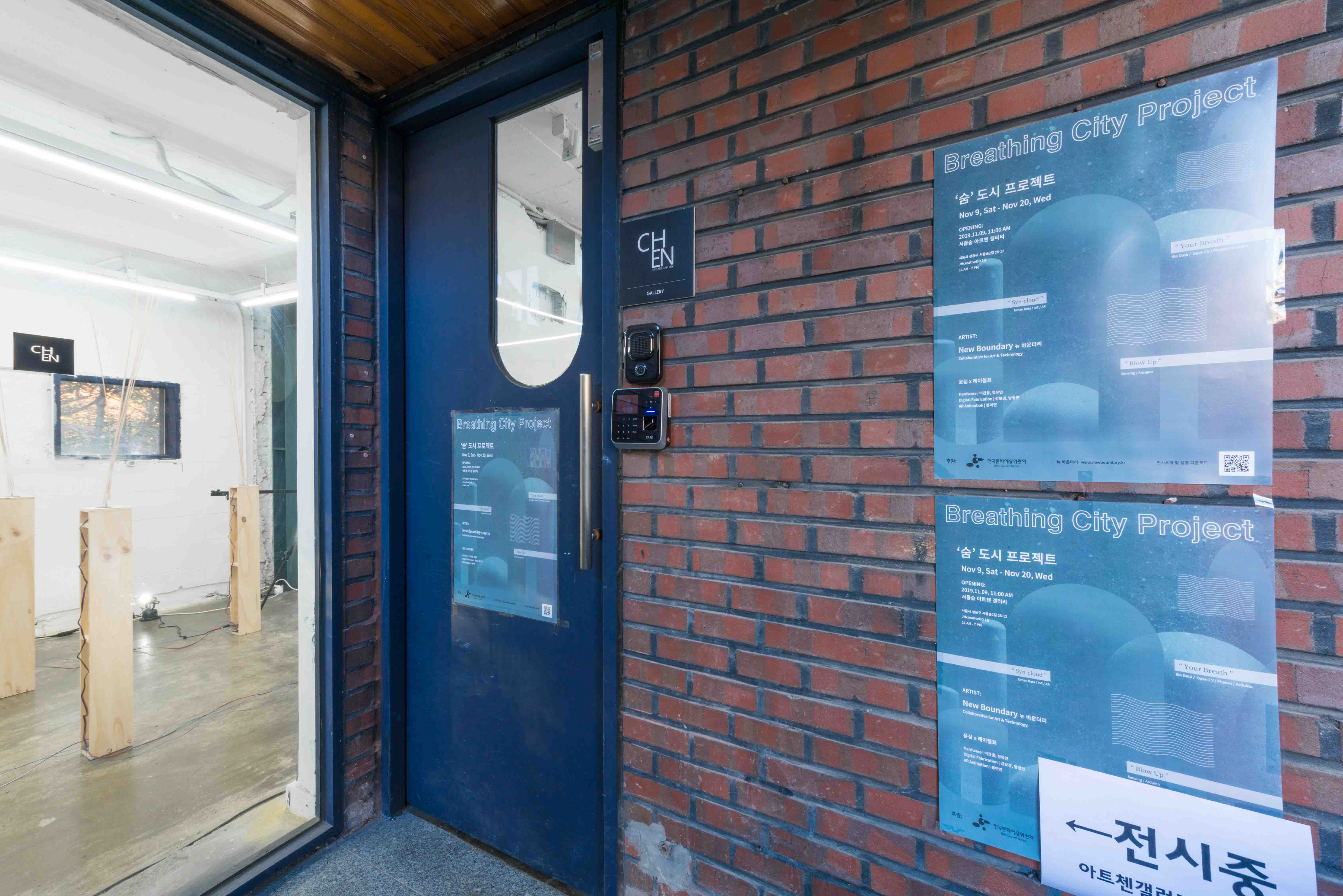
It is shifting toward rebuilding the non-physical environment. In particular, in recent years, as the use of new media technologies has been expanded to the urban scale, cities are provided with environmental information through collaboration between related fields such as city, architecture, design, art, and technology, convergence of eco-friendly technologies, and production of renewable energy. It not only changes the physical space of the city, but also has social, cultural, and economic influences in a different dimension than in the past.
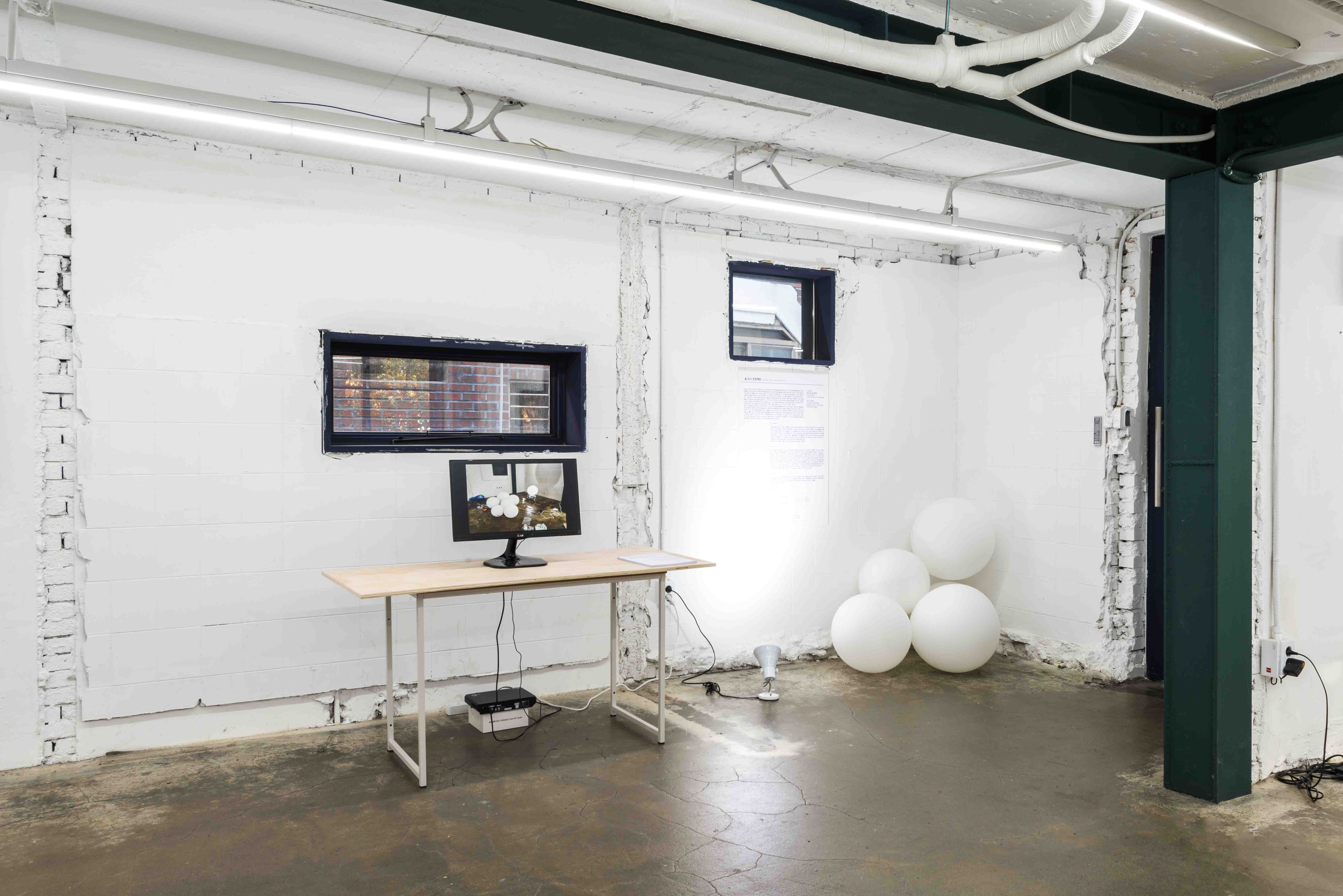

It is attracting attention as an important means to improve and preserve. In the trend of the 4th industrial revolution, not only the development and utility of technology.
It is a time when it is very necessary to consider the role of technology that fundamentally improves the quality of human life and contributes to everyday life.
It is a time when it is very necessary to consider the role of technology that fundamentally improves the quality of human life and contributes to everyday life.
The Breathing City Project utilizes ICT media convergence technology to re-establish the relationship between human-social-environment. We will experiment with ways to expand the ecology of the city and seek the direction of practical art for solving environmental problems. A new genre of practical art by creating a place where the audience, who is the subject of space, can more actively experience and interpret issues on various environmental issues facing the city, and to implement this, an art-technology collaboration platform is established. I want to experiment.
In this exhibition, the issue of carbon dioxide is largely dealt with through two types of data. Bio-data based on human heart rate in the first work, and real-time environmental data in the second work. In addition to spatial presentation, we tried to maximize the interface between hardware and software through augmented reality AR.
In this exhibition, the issue of carbon dioxide is largely dealt with through two types of data. Bio-data based on human heart rate in the first work


1. Your Breath
Utilizing the characteristics of the exhibition space, it is installed using baluns, fans, and sensors. When the audience approaches the work, the electric fan is activated by the sensor, and the balun rises to a certain height by convection.
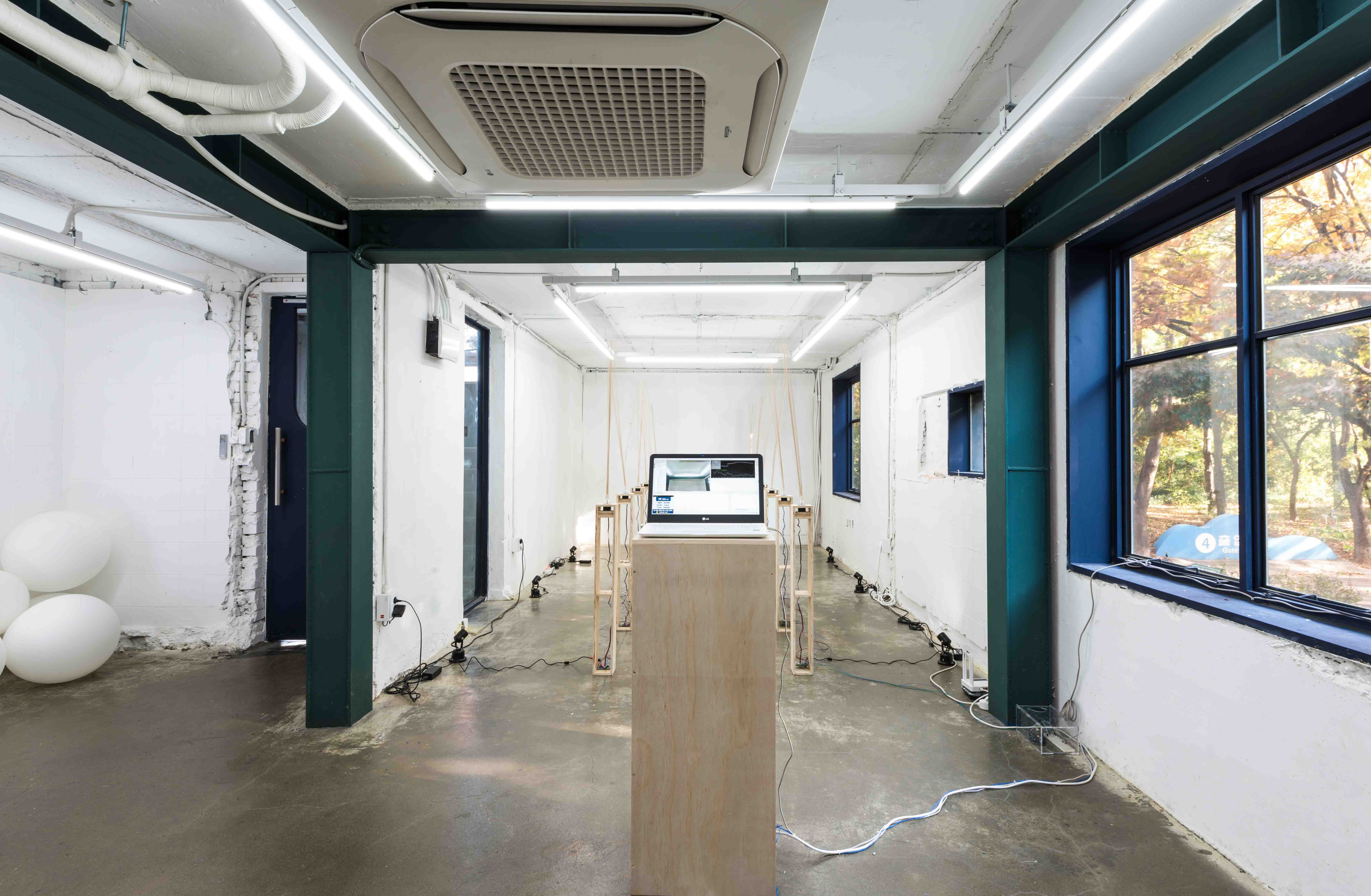
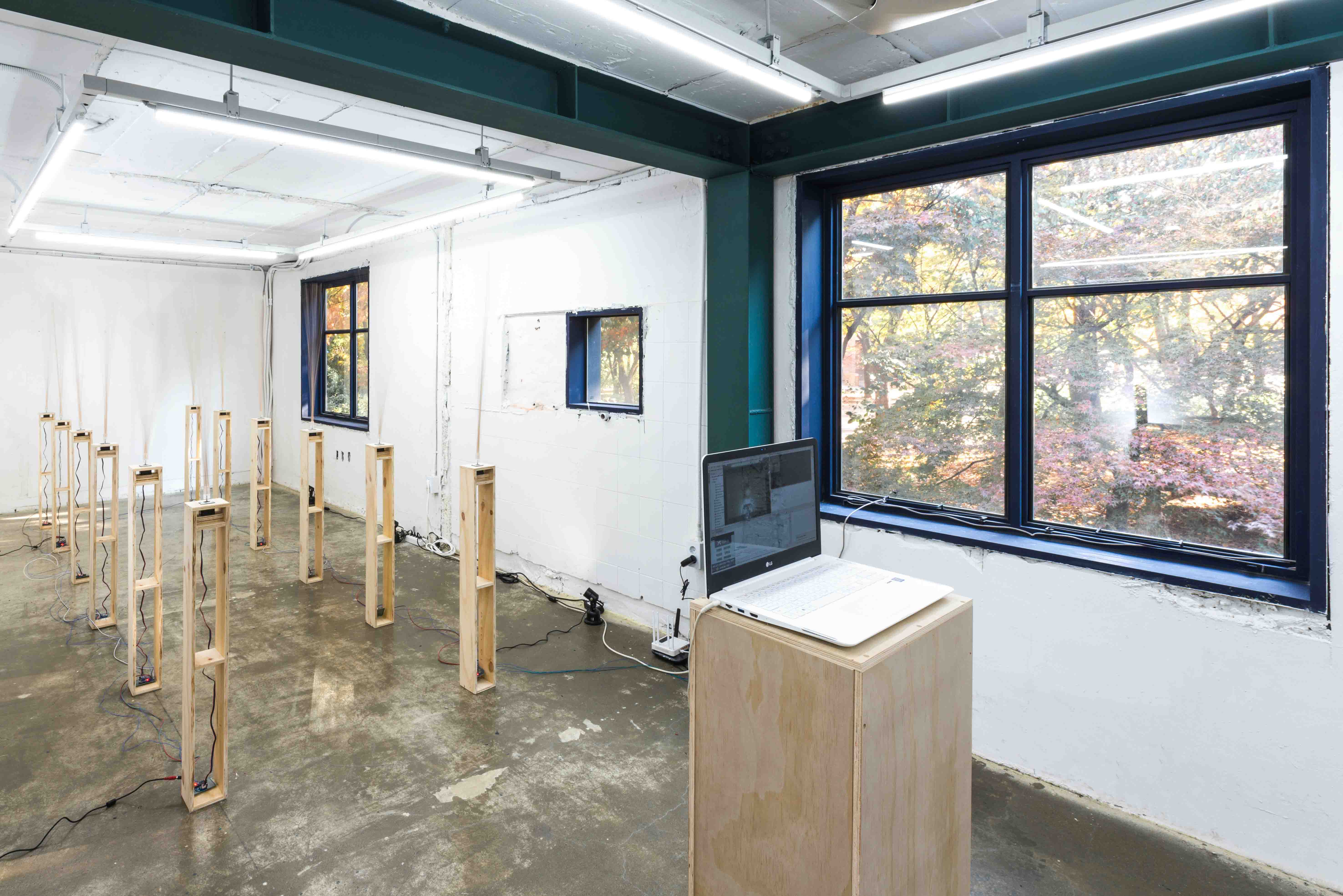
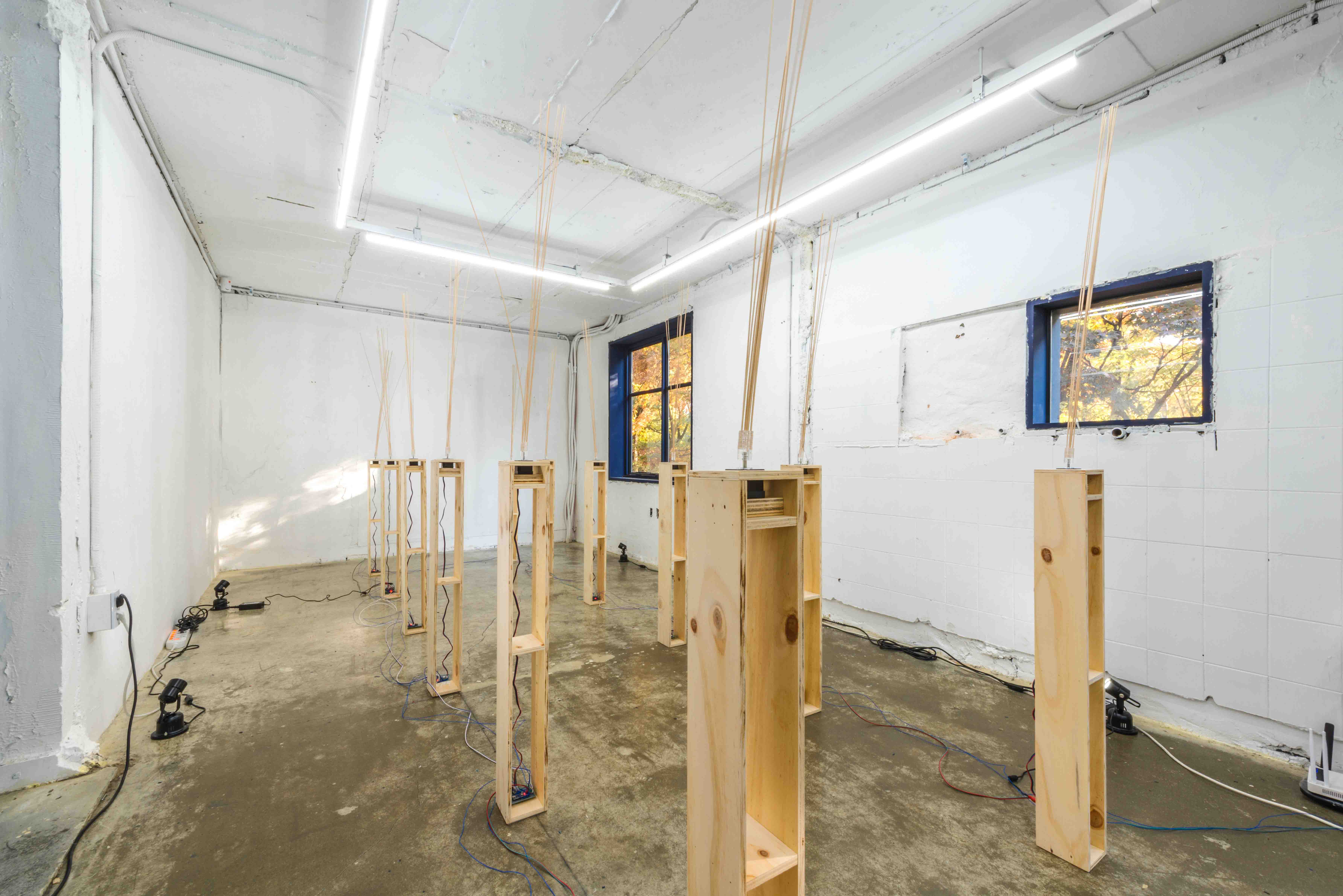
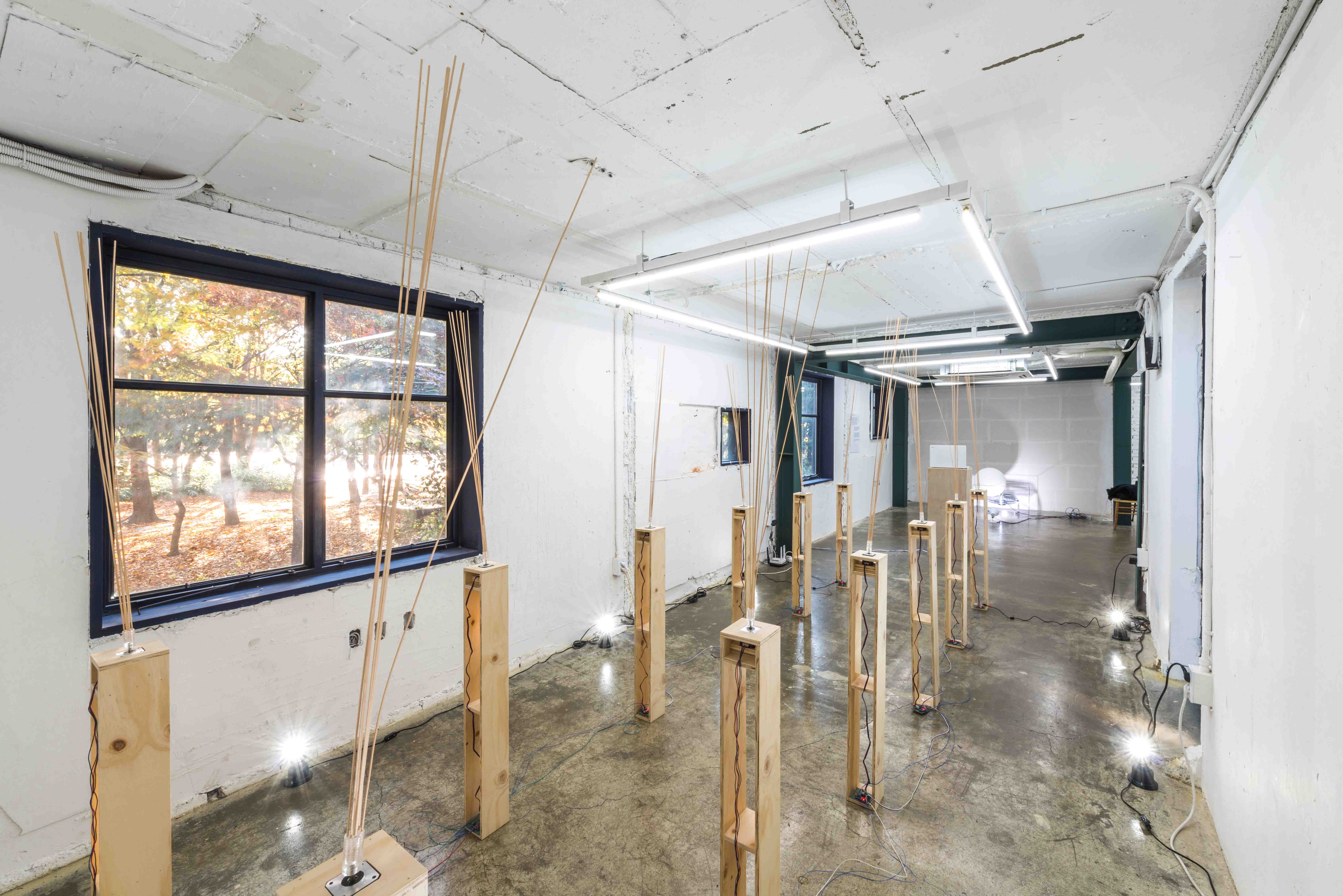
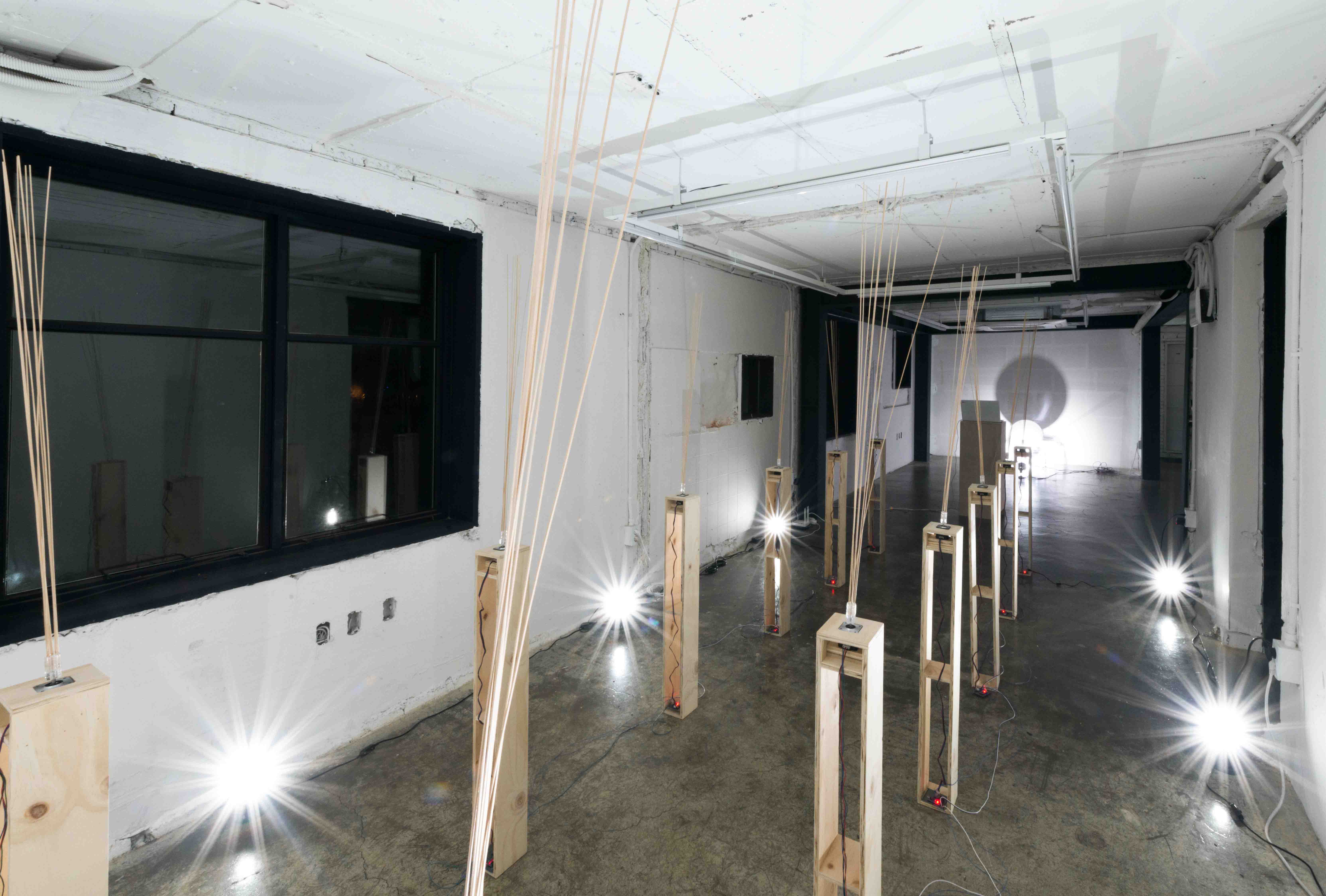
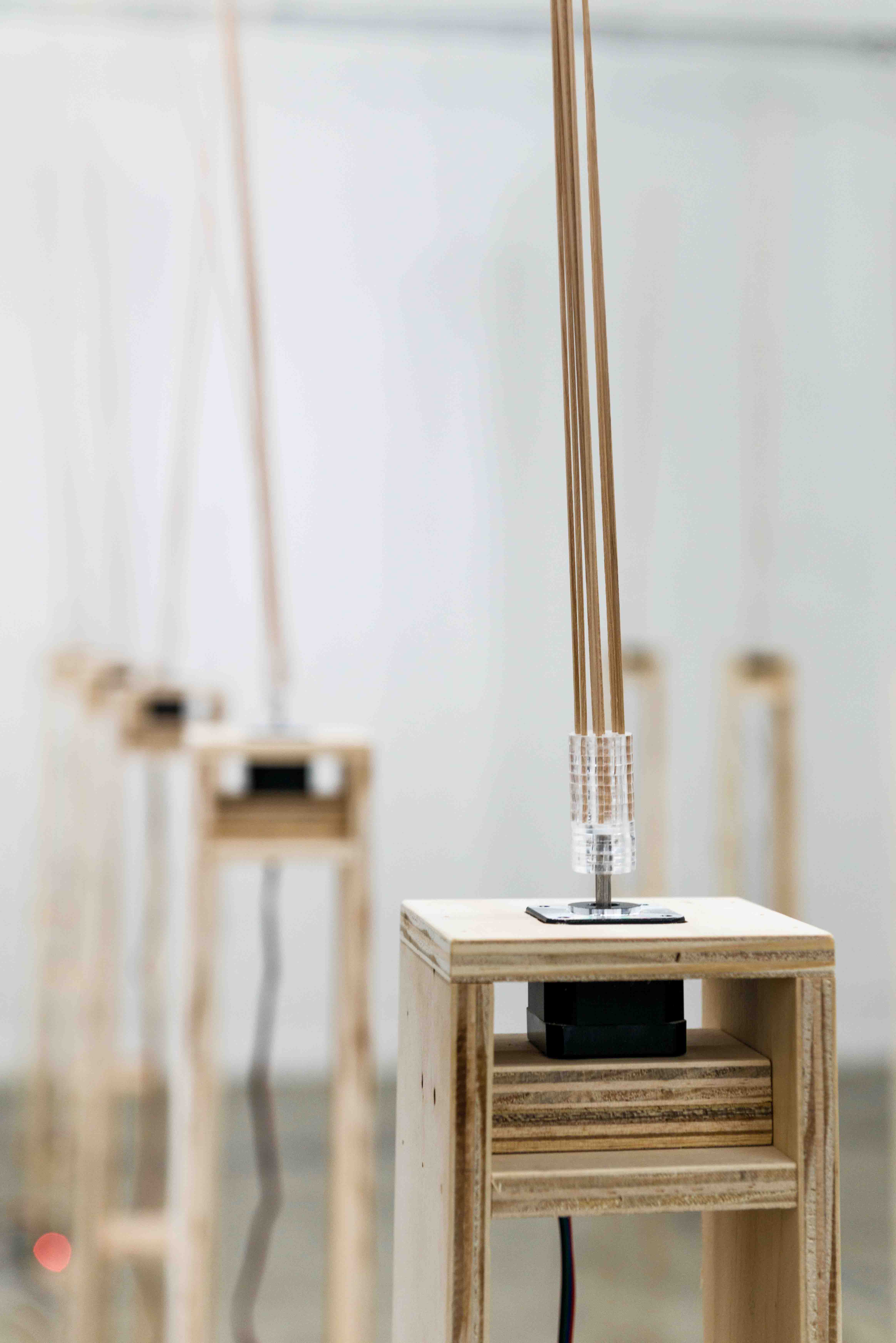
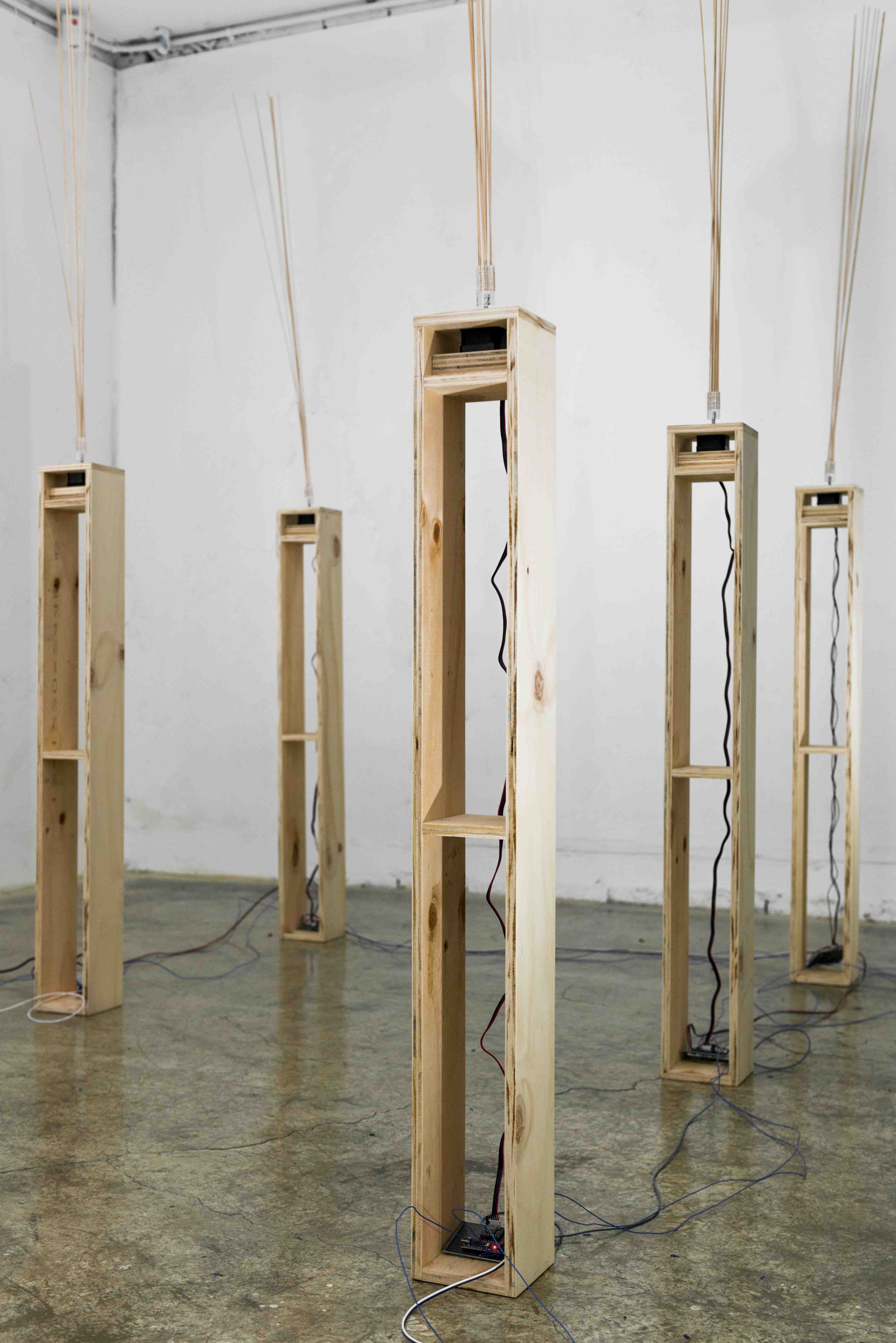
2. Syn-Cloud
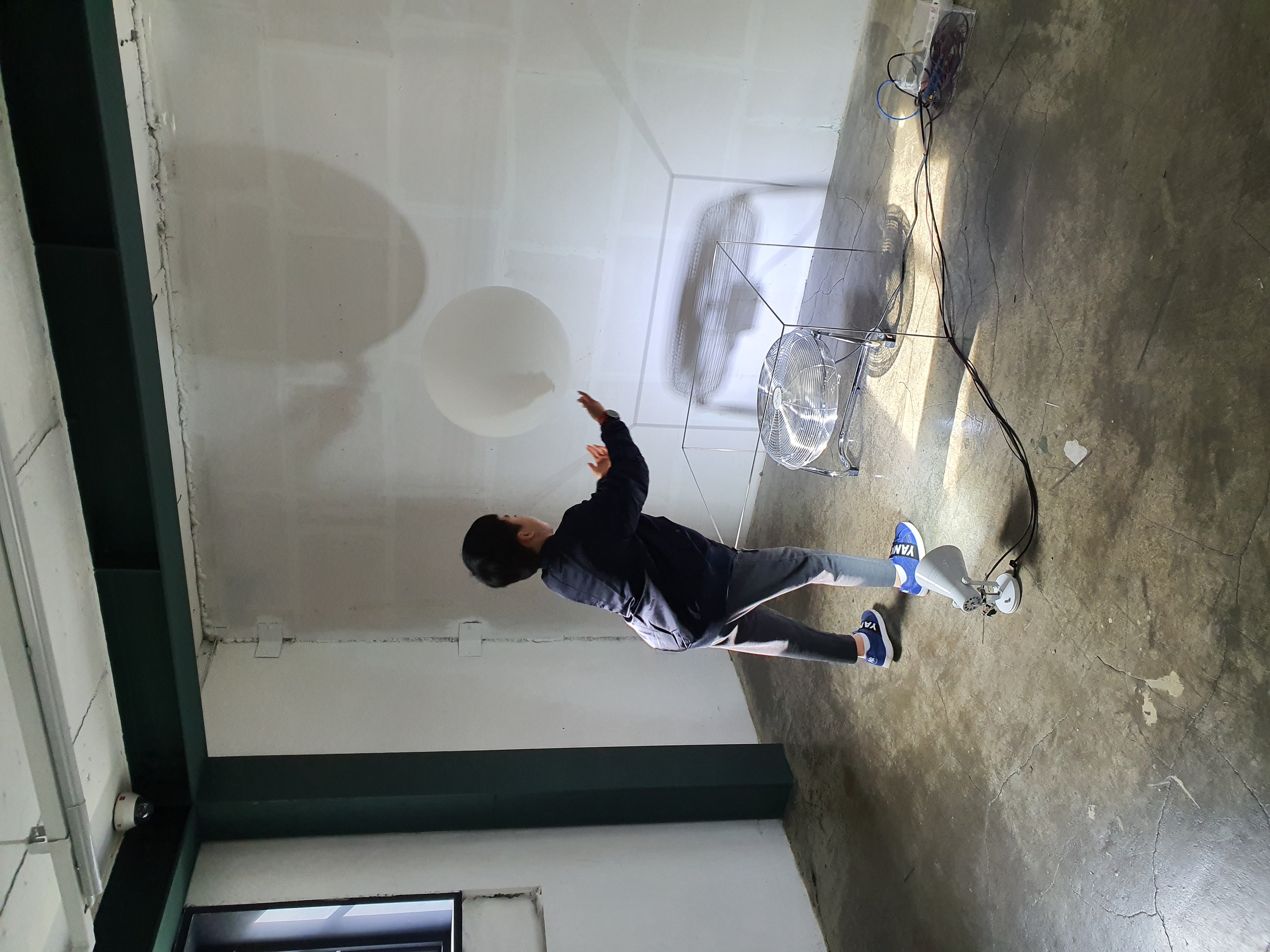
When the data value is high, the mist unit located at the lowest point creates a cloud with a large amount of mist, and when the data value is low, the mist unit located at the highest position creates a small amount of clouds. The set height, humidity, and amount of mist were set to match the actual cloud generation method. It is designed to have various spatial and environmental possibilities when the scale is actually expanded in urban space along with the semantic and aesthetic presentation of clouds.
We also developed augmented reality (AR) in the Unity environment and visualized real-time data through the Vuforia augmented reality platform. When an audience targets an image with an AR app on a smart device, a different cloud appears in augmented reality according to real-time data, and when the liquid crystal is touched, the cloud structure operates to maximize the interaction between hardware and software and between audience and work.
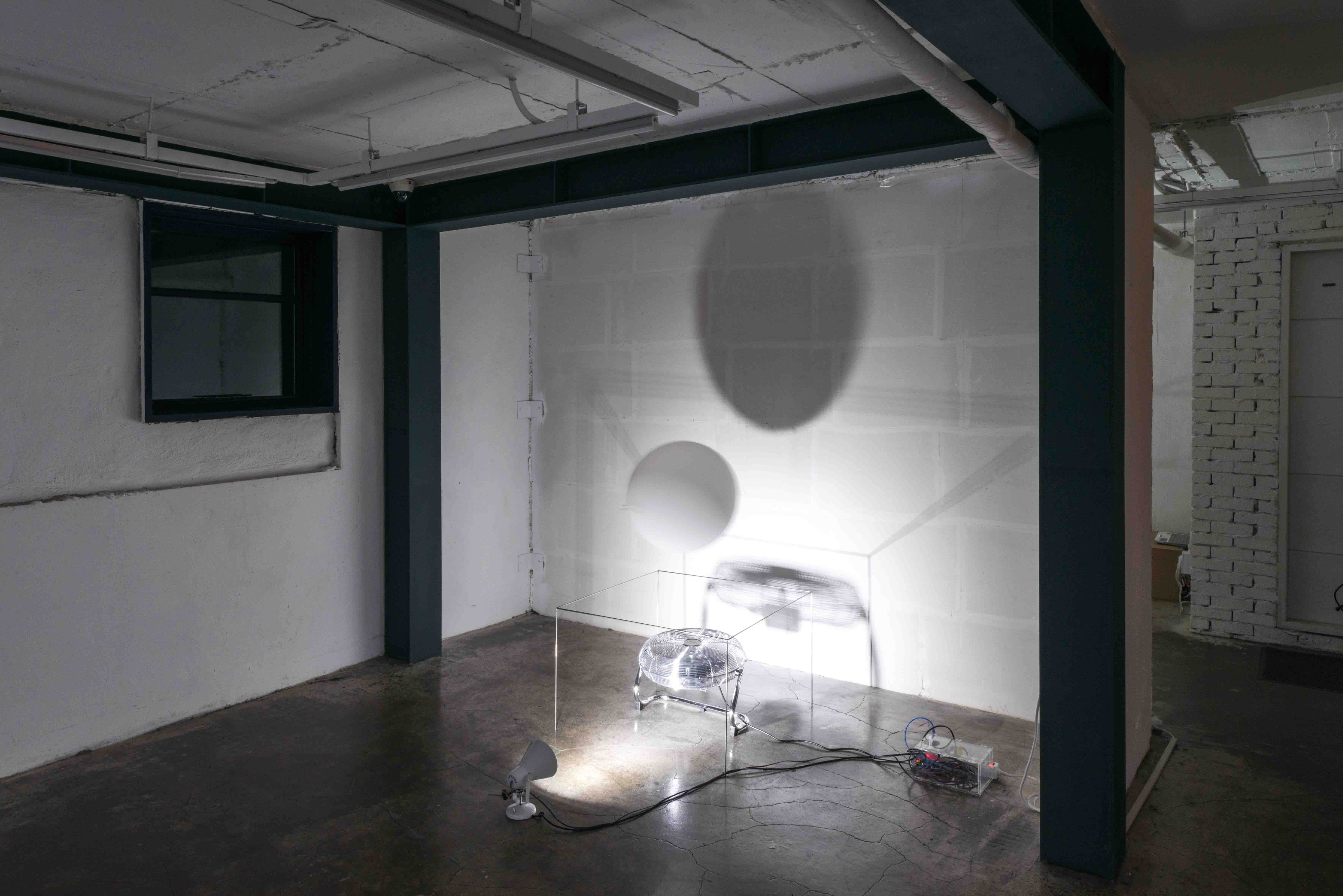
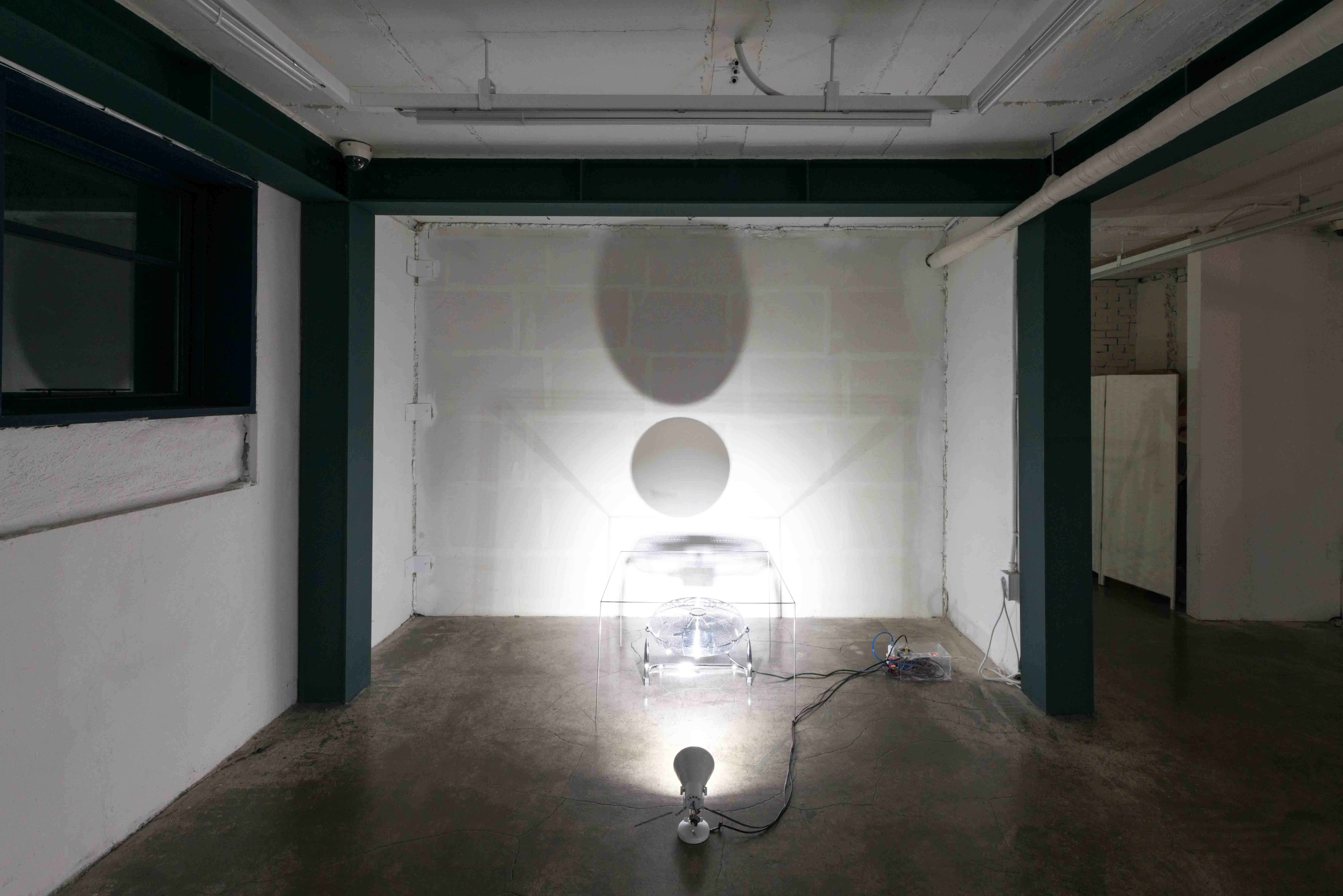
3. Blow Up

